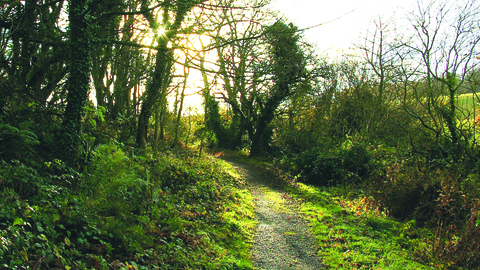
Image by: Duncan Hutt
Arnold Memorial
Location
Know before you go
Dogs
When to visit
Opening times
24/7/365Best time to visit
All year roundAbout the reserve
The reserve, an old quarry, is within Craster Heugh, an outcrop of the Whin Sill (a tabular layer of the igneous rock dolerite in County Durham and Northumberland) that provides an important habitat for both migrant and breeding birds. The Sill tracks north from here to provide the vantage point for Dunstanburgh Castle a mile up the coast. The economic importance of the Whin Sill is apparent from the large quarry housing the car park behind the reserve as well as the smaller quarry within the site itself.
The maturing woodland, together with its coastal location makes the reserve a vital resting point for many winter migrants; a first call on the journey across the North Sea. Breeding bird species include sedge and willow warblers, chiffchaff and blackcap. Amongst the migrants, a number of rarities have been recorded including wryneck, icterine, reed and barred warblers, redbreasted flycatcher and bluethroat. The reserve is a moulting site for lesser redpolls. The woodland and scrub includes sycamore, ash, elm, Scots pine, elder and gorse with willow fringing the stream. Below the crags grow foxgloves, wood sage and lesser periwinkle, amongst other species. At the streamside are meadowsweet and water avens. There are patches of bracken and rosebay willowherb marking the sites of former gardens.
